You must have often seen babies and toddlers sitting with their legs folded inwards, also known as the W sitting. W sitting is a common position of sitting found in toddlers, which looks so normal and harmless. But behind this cute pose lies a big question that often leaves parents puzzled. Is their child’s habit to W sit good or bad? Some parents believe it is completely fine, while some strongly warn against it. As parents, this can get quite confusing. In this blog, we will clear the air for many parents and debunk some common myths around the W sitting posture of toddlers.
What is W Sitting?
Typically, children are observed to start sitting in W position around the age of 3. Commonly known as criss-cross apple sauce, they sit in a position resembling a W shape, where their knees are bent and facing forward, while their feet are facing backward. Earlier, parents used to discourage children from sitting in this position due to a common belief that W sitting position delays core muscle strength and bone development. But studies and scientific research prove that it is normal for children to sit in this way in their early years, as long as it does not turn into a habit.
Why Do Toddlers Sit in W position?
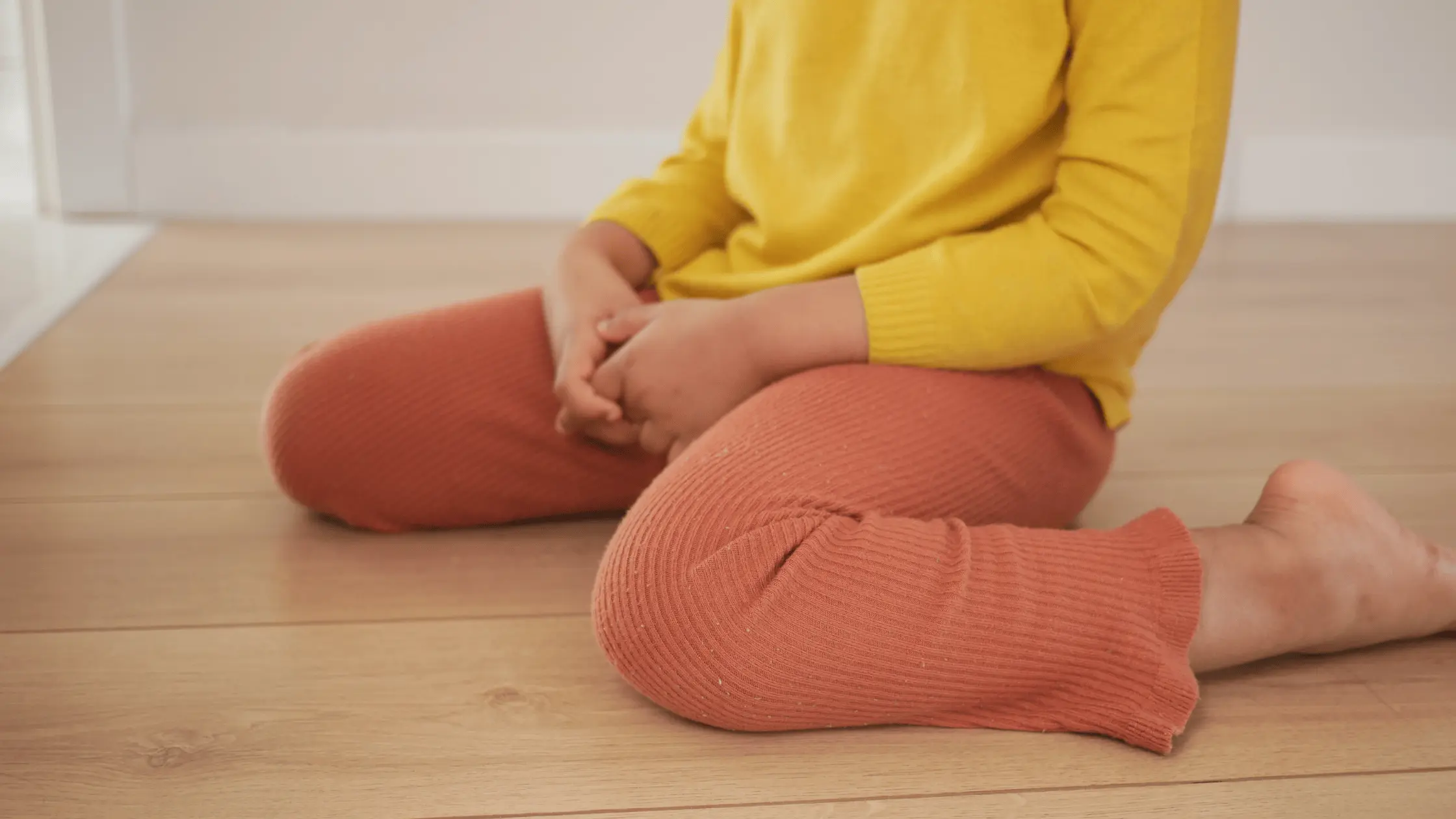
During the development age between 3 – 6 years, toddlers prefer to sit in the W sitting posture as their core leg muscles are still growing. They find it more comfortable as they use their legs in a wide position to balance their body. W sitting may be your child’s favourite position while playing, as they can move their upper body without falling over.
Is W Sitting Harmful?
W sitting is certainly not a harmful practice. However, you need to keep track of whether it is happening too frequently or if they are constantly adopting this style even after their developmental years. It can be typically concerning in such cases. The potential W sitting position side effects could be:
1. Reduced Core Strength
Toddlers find such great support and comfort in the W position that they are reluctant to try out other sitting positions. This may affect timely and proper muscle movements. It also means body imbalance, late crawling and walking, and therefore weak body strength.
2. Knee- Foot Distortion
When toddlers sit in this position, they use their ankles to rotate outwards while their knee rotates inwards, causing incoordination. It tightens their muscles, therefore reducing their overall body movement.
3. Hip Distortion
When children sit in W position, there is a chance that their hip bones can distort due to internal rotation of the hips. This may lead to bad posture and abnormal leg movements.
4. Less Cross-body coordination
When toddlers sit in the W position, it becomes difficult for their upper bodies to distribute weight equally on both legs. This makes their leg movement uncoordinated, which ultimately leads to bad posture in kids.
5. Tight Muscles
In W position, there is abnormal stress on the hip bones, which could lead to tightening of hip and leg muscles. As a result, children could face problems with their motor skill development. In extreme cases, children might have abnormal body movements to compensate for their natural movements, which otherwise would have been possible if the muscles were flexible.
6. Bad Growth of the Toe Muscle
Continuous W sitting in toddlers rotates their knee joint internally when it should rotate externally for normal movement. This internal rotation of the knees causes their toes to grow inwards. The wrong growth of toes affects the toddler’s balance and forces them to adapt a pigeon-stride to walk.
How to Correct W Sitting in Toddlers?
W sitting in children is not harmful, but long-term W sitting could lead to delayed development of a child’s motor skills. Simple but regular home exercises can help support the correction of the W sitting in toddlers. Below are a few ways to work on rectifying them when you observe toddlers sitting in W position:
1. Crisscross Applesauce
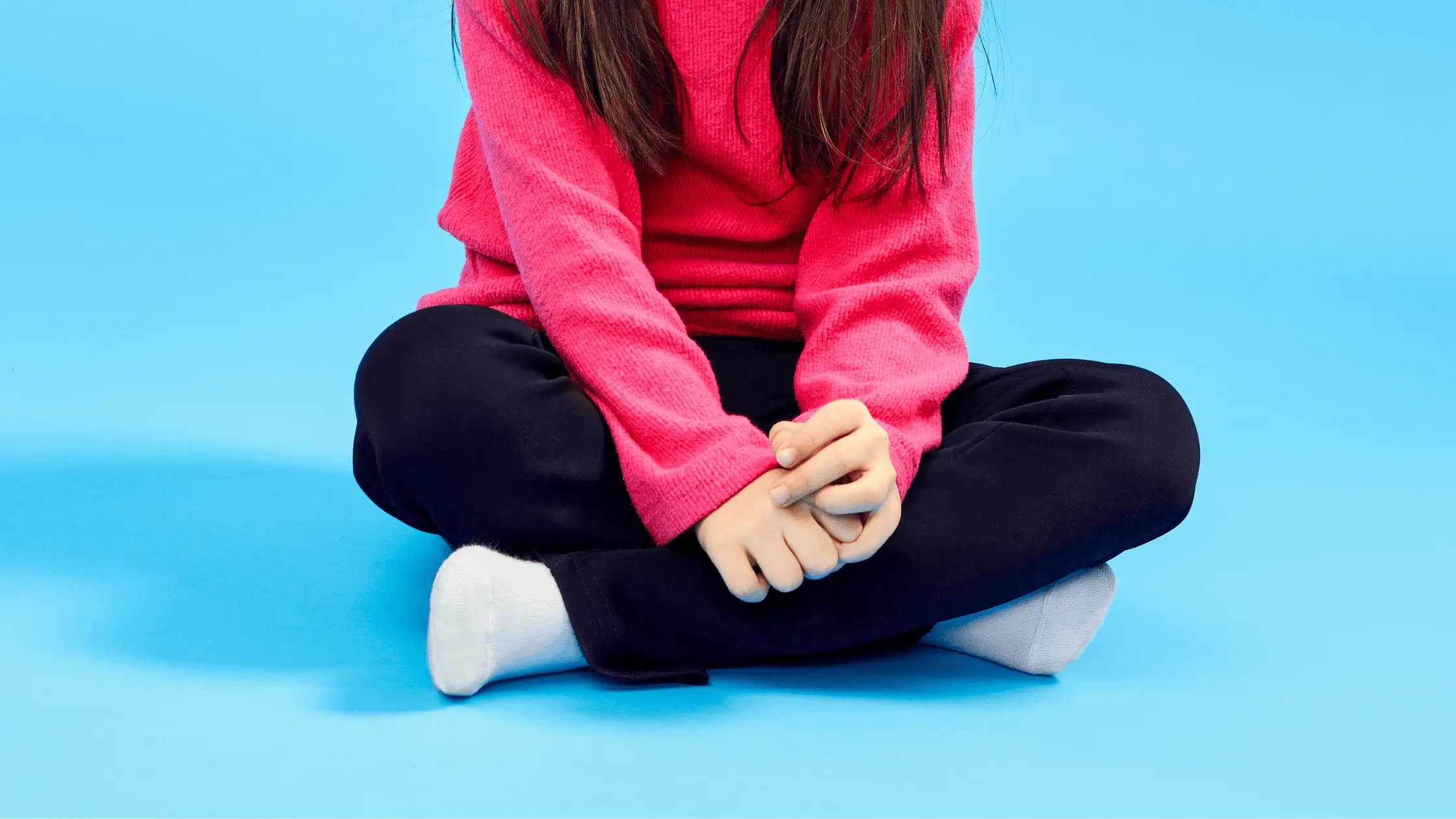
Guide your toddler to sit by crossing their legs, keeping their knees forward with one foot tucked under their thigh and the other on top. This posture encourages the body to distribute its weight equally on the lower body, helping to maintain a correct posture.
2. Legs in front (long sitting)
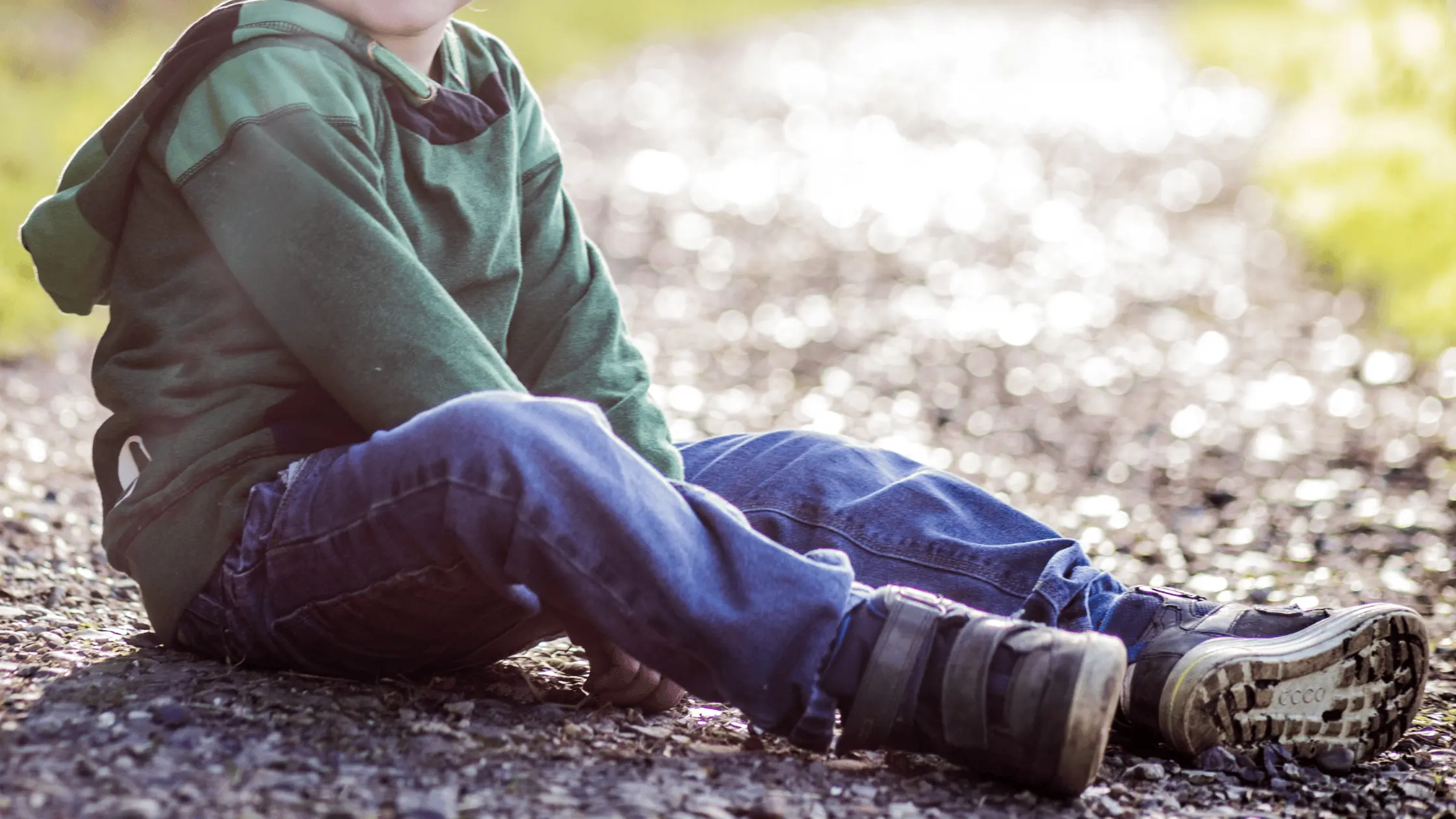
You can correct your toddler’s posture by instructing him to sit on a flat surface with his legs lying straight in the forward direction. This habit will help your toddler’s hip bone to rotate normally and prevent pigeon stride.
3. Legs to the side (side sitting)
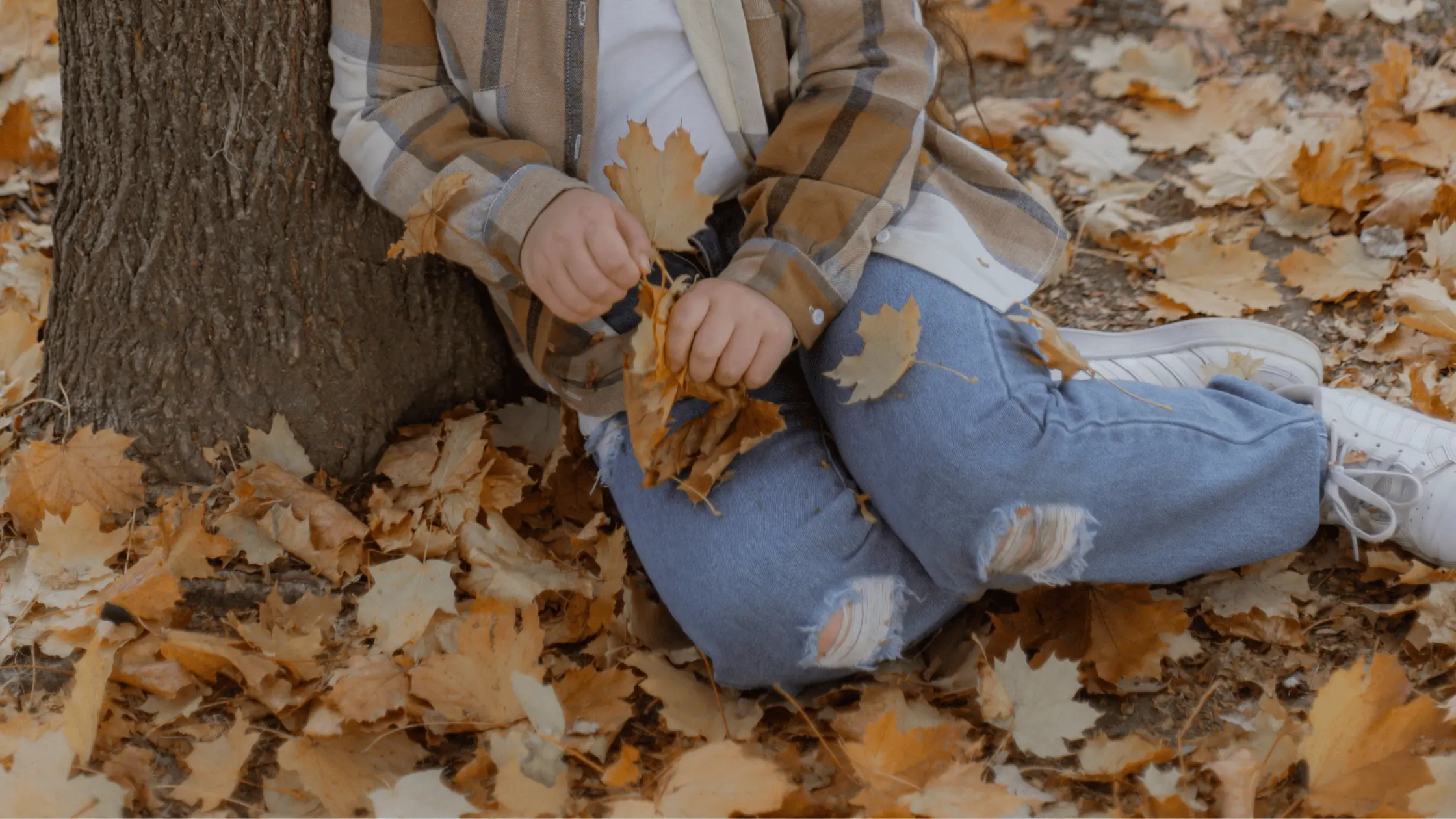
Teach your toddler to bend their knees so both of their feet lie in the same direction. With this habit, you will gradually notice a change in the core muscle strength in your toddler, along with flexible and normal leg movements.
4. Sitting on a low stool or chair
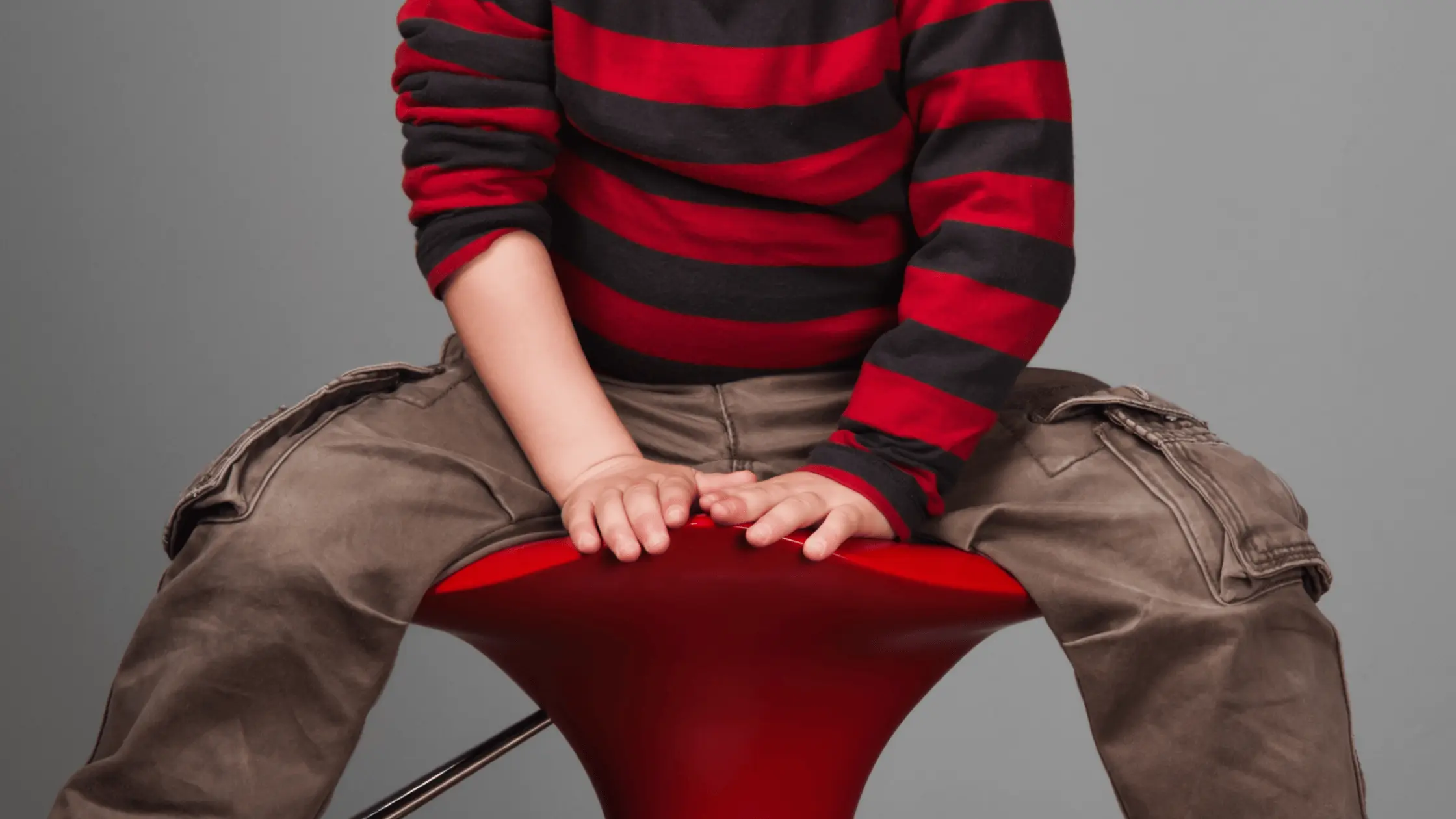
In this age, toddlers learn to copy and act like adults. Make use of this interest and sit in a chair. Provide a low stool or a kid’s chair to your toddler and let them mimic you sitting on the chair. Your toddler will improve their hip alignment and leg positioning.
Activities on How to Correct W Sitting Position in Toddlers
Toddlers sitting in a position naturally grow out of it as they grow up without any external interference from parents. However, if your toddler still chooses to play in W sitting posture for longer periods, it should be investigated as it can hamper the normal developmental stage. Below, we suggest some brilliant hacks on how to correct toddlers sitting in the W position:
1. Interactive Games
For a toddler, the best way to learn a new habit is by playing games. Interactive games such as Simon Says, where you can say instructions like- Simon says to touch your chin or Simon says to touch the table. Including physical activities in all games keeps your toddler agile and improves muscle movements.
2. Reading Sessions
During story reading sessions with your toddler, make sure that they are alternating between the above-mentioned sitting positions. This makes it into a habit where your toddler comfortably embraces these sitting postures unknowingly, without making a fuss.
3. Creative Play
Making up games just to keep your toddler engaged is just one of many parenting hacks. For this activity too, you can use your creativity to invent games like changing positions when they complete building a tower with 5 blocks or when they complete colouring one shape. Such games make your toddler take up the correct postures willingly and easily.
4. Crab position
Let your child sit in a crab position with his feet on paper plates. Make a small tower out of a building block at full leg distance from him. Ask him to stretch and slide any leg to its full length to kick and make the tower fall. This game makes sure that when your toddler is stretching his legs and feet, his muscles, bones, and nerves are activated.
5. Ankle Art
Create a game where you instruct your child to lie on his back and support his body with his elbows. Keep a balloon between his ankles. Ask him to make different shapes like a circle, a square, or a triangle with his foot on the surface without bursting the balloon. Games like these will keep it fun, along with good exercise of the legs and ankles.
6. Dead bug
Like the name suggests, guide your toddler to lie on his back like an insect. Make a 90-degree angle with their upper leg and lower leg. Keep a soft toy on their feet. Play a game with them where the floor is supposed to be water. Ask them to try to balance the teddy on their feet so that it does not drown in water. This activity will encourage your toddler to exercise their legs so that they can adopt a normal walking style.
7. Play Reaching games
Play a game with your kid where you keep his toys on upper shelves or tall height. Name one of his toys and ask him to bring the toy to you. Your toddler will try his best to reach the toys by extending his body. Reaching games encourage your toddler to use their muscles and bones accurately to improve their motor skills, like walking, running, and jumping.
8. Knee walking
Engage your toddler in an amusing game where they need to walk on their knees. Spread your toddler’s toys in various spots in the room. Guide him to walk across the room to collect his toys one by one and put them in a basket. This game helps your toddler to strengthen his knees and core muscles.
At KLAY, every child is closely supervised by educators who are not only trained in early education but also in child behaviour. We not only evaluate a child’s academics but also their physical well-being. We put in extra efforts when a toddler is not meeting certain milestones.
Every activity at KLAY supports your child’s posture, balance, and core strength—say no to W-sitting early.
When Should I Seek Help?
If your toddler sits in W posture but also keeps sitting normally more often than the W position, then you might not worry. But you should seek professional help if you see your toddler building this habit and W position his go-to sitting posture. If you observe the above-mentioned side effects like improper muscle growth, bad posture, or abnormal stride, you should take advice from your doctor on how to correct W sitting in toddlers.
Takeaways
As parents, it is very important to monitor your child’s growth and development. When it comes to the sitting posture of a child, the W sitting position habit may have long-term effects on motor skill development. If you notice any such developmental delays, try to convince your child positively to change their behaviour through activities and games. Children learn effectively when they are in play-based learning because it is natural and enjoyable. So, try not to force your toddlers to change their habits, but make them adopt new habits unknowingly by making it engaging and appealing.
With a little support, consistency, and patience, it becomes quite easy to guide kids to take on better sitting habits.



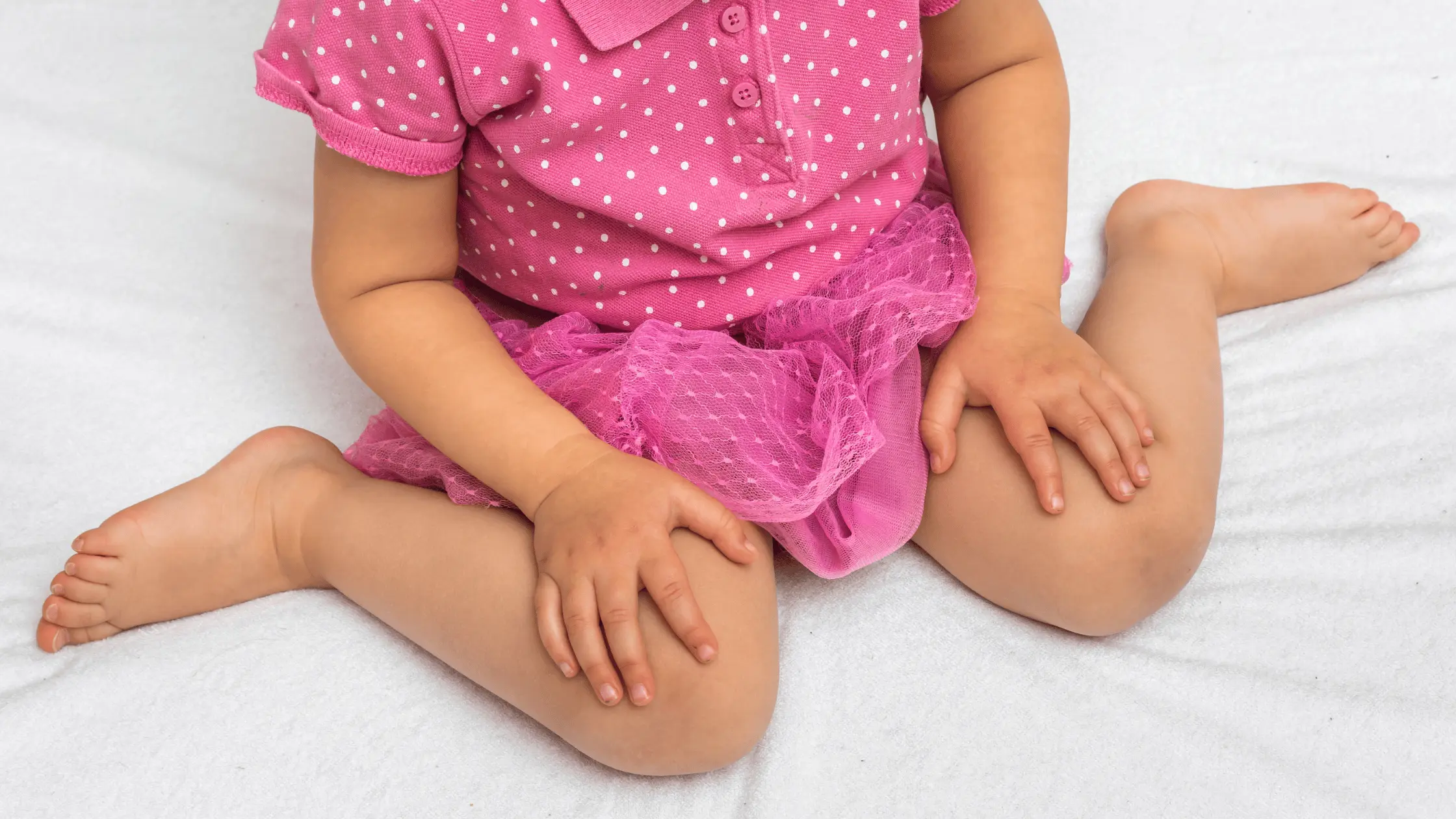








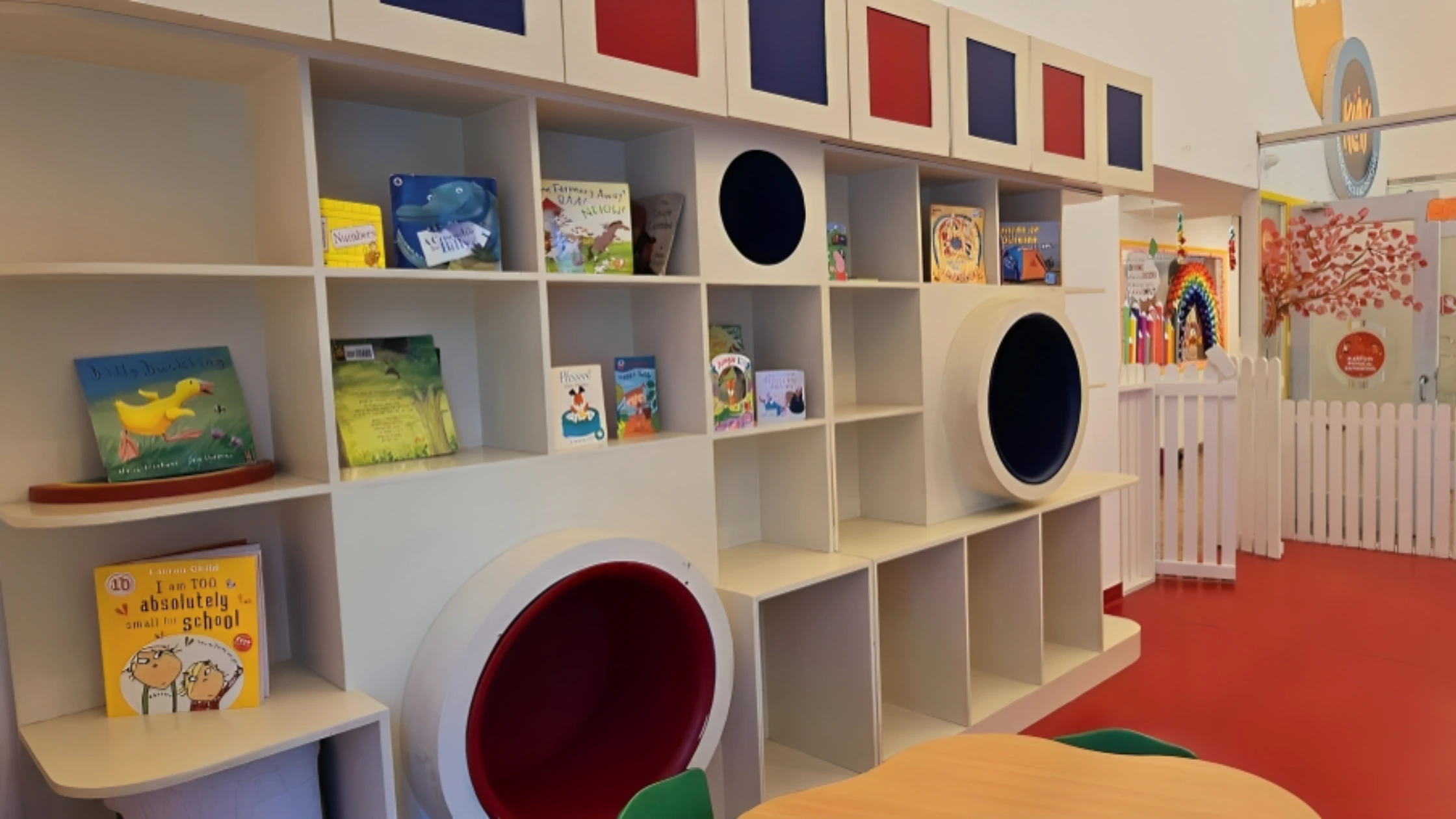



Subscribe to our newsletter
[contact-form-7 id="12706" title="Newsletter Form for post page"]Our Related Blogs
Yoga Benefits, Activities, and Poses for Preschoolers
For preschoolers, yoga isn’t about perfection but about giggles and benefits. So, are you curious how a simple stretch can support a child’s focus, flexibility, and emotional well-being? Let’s roll...
Year-End Reflection and Goal Setting for Children
Parenting is a journey filled with the brightest moments and valuable lessons, both for us and our children. As the year draws to a close, it’s the perfect time to...
Why Residents of Malibu Town, Gurgaon Choose KLAY for Their Little Ones?
Choosing the right preschool or daycare is one of the biggest decisions for any parent, especially in a community as close-knit and discerning as Malibu Town, Gurgaon. Over the years,...